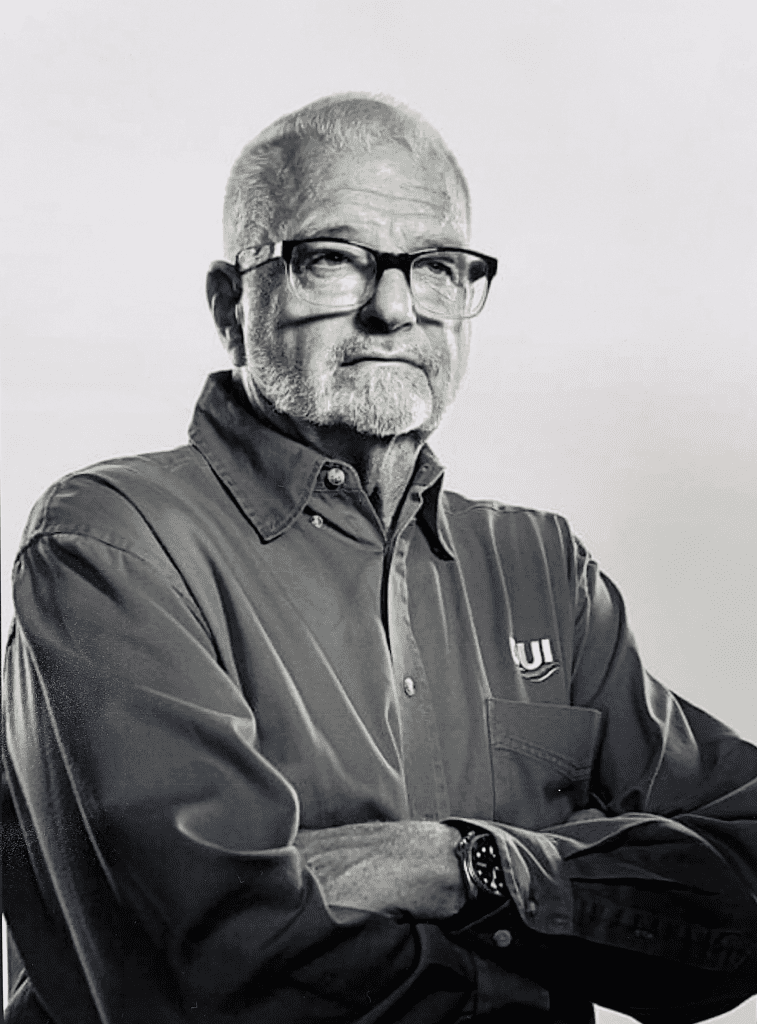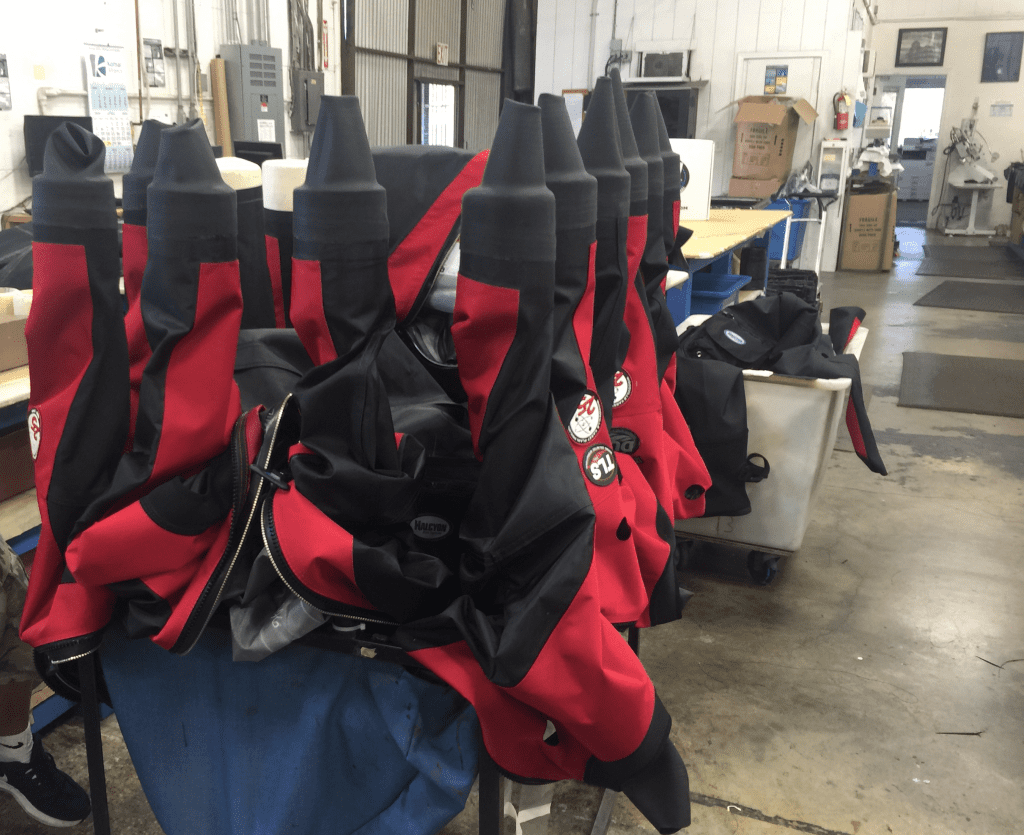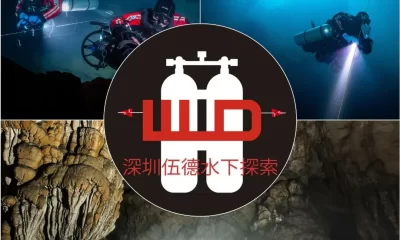Community
There’s A New Sheriff at DUI
Header image of DUI’s new CEO Dan Drake and additional photos courtesy of Diving Unlimited International.

Dick Long, the founder of Diving Unlimited International (DUI), has announced that DUI is under new leadership. “We are moving forward in our mission to create innovative products for safe and comfortable diving under new leadership,” he said. To that end, Dan Drake has stepped up to be the new CEO of the 55-year-old San Diego company. Dan has served in most sectors of the company since he joined DUI 17 years ago. “Dan’s passion for the ocean, diving, and DUI is as strong as mine,” Long said. “I can’t wait to see him bring DUI to new heights.”
DUI is famed in the diving community for creating new drysuit technology that enables divers to be safe in cold water. DUI created dozens of patented products used by military, commercial, and recreational divers which keep oil workers safe in frigid Arctic waters, give Navy divers more time underwater to complete their missions, and make it more comfortable for recreational divers to explore marine life wonders. The company continues to develop new, more advanced products, shipping them worldwide while keeping their loyal employee base local in San Diego.
Under Dan’s leadership, DUI is renewing its commitment to improved work relations with vendors in order to ensure that DUI has the highest quality materials as well as the best production and repair times. In spite of the challenges, keeping all of DUI’s manufacturing in the USA has allowed DUI to keep producing and delivering products during the pandemic. Even with the difficult work environment during COVID, the best drysuits in the world are made by DUI’s highly skilled workforce. Many members of DUI’s staff have been working for them for years, some with over 25 years of experience. Dan’s goal last year—avoid reducing any part of DUI’s skilled professional staff—has been successful. This year, his goal is to add skilled staff members to their production team and to expand their production and shipping footprint in an effort to better meet today’s customer needs with more effective systems that tie DUI closer to their customer base and create a stronger production workflow.
Dan is committed to making products that meet customer’s needs. Understanding those needs today involves more technology than it has in the past. DUI’s best products have always come from the needs of their customers, but Dan plans on expanding DUI’s digital footprint so customers have more access to customer service, repairs, and the sales staff. Dan has also made changes in DUI’s internal technology: cloud-based communication systems that include phone, video chat, email and social media, more product support online, and helpful videos on the DUI YouTube channel. Giving all of this product education and information to the end user creates a more educated and loyal customer base.

Dan also plans to make a shift back to more research and development. DUI has been the leader of thermal protection for years. Producing drysuits, insulation, and dry bags are just a few of the items for which DUI strives to be the leaders. He has had the opportunity to work on many military development projects for groups that are always trying to push the limits of diving. It is time for DUI to take that education and expand in other areas of diving, such as recreational and commercial.
Dan is excited to have this leadership opportunity and to work in such a great industry. He has been involved in the diving industry for the last 17 years, with most of it in research and development, and he is very confident in DUI’s future.
With Dan Drake’s leadership, we can all look forward to seeing where DUI will be in the near future.
For more information, you can find us at: https://www.divedui.com





















































